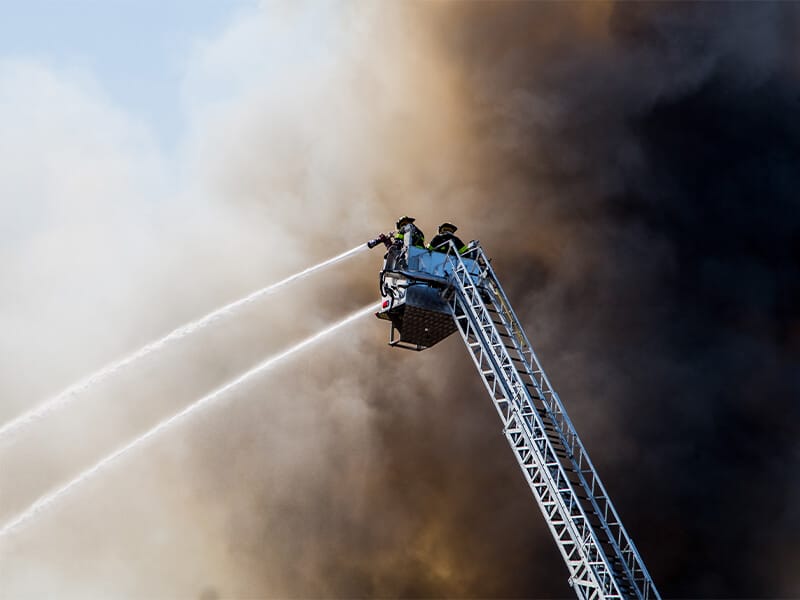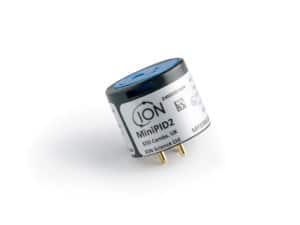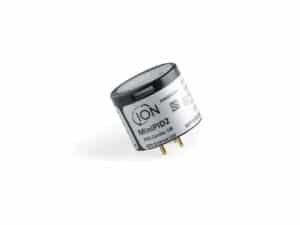

Government and Defence
Gas detectors for the Government and Defence Industry
Our range of VOC detectors can be integrated into your bespoke systems. Our equipment can be deployed in any environment meaning elevated VOC concentrations can be detected quickly and easily for a range of purposes.
Download our FREE Guide
“Detecting Arson Accelerants For Fire/Arson Investigators”
The detecting arson accelerants for fire/arson investigators guide which can be downloaded below provides the reader with an in-depth balance of knowledge on how the fire and arson investigators examine the physical attributes of a fire scene identify and collect physical evidence from the scene. The evidence they have collect is then analysed to help determine if the cause of the fire was accidental or deliberate. During the scene examination, investigators may find evidence such as accelerants, tampered utilities, and specific burn patterns, which may indicate criminal activity. This is where the use of a PID detector can come into affect and determine where and what was used while also keeping the investigators at safety the whole time by being able to detect harmful VOCs that could still be present.

Government and Defence Applications
Arson Investigation
Over-riding concerns for public safety and national security mean that investigations of suspected arson are likely to be conducted with some urgency. The initial intention of investigations may be to see whether arson or other deliberate acts can be ruled out, or whether more detailed forensic examination is required.
Standard immediate response procedures will include the questioning of witnesses and firefighters about such details as the colour of flames and smoke, which can indicate the use of an accelerant. On site investigations will seek to establish the likely seat of a fire, along with observations of smoke and flame patterns, and testing the environment for residual traces of accelerant and other fuel residues.
Portable VOC detectors using ION Science advanced patented photoionisation detection (PID) technology are able to identify and measure traces of volatile organics and hydrocarbons even after a fire is extinguished. With any forensic examination, time is of the essence and testing should be done as soon as possible. Experienced investigators will know the best places to look for evidence, including within and beneath porous materials such as floorboards and carpets.
Portable VOC detectors from ION Science offer advantages over sniffer dogs, in that they are available around the clock and in any location, and provide a numerical output that can be used to make an immediate initial assessment of the likely cause of a fire.
Also available from ION Science is the Fire Investigation Kit. This kit includes either a Tiger or Tiger LT and has been specifically designed to provide you with all the tools for a convenient, easy-to-use solution for the detection of volatile organic compounds (VOCs) within Fire and Arson Investigation applications.
Decontamination
Decontamination procedures following accidental spills, or deliberate releases of toxic substances, will initially focus on identification and containment, followed by clean-up and assessment.
In the case of accidental spillage, it should be a straightforward matter to identify the materials to be dealt with. Any potentially hazardous cargo will be labelled according to legal requirements to impart vital information to emergency response teams.
In many places this will follow the UN’s Globally Harmonized System of Classification and Labelling of Chemicals, GHS, which provides a series of hazard pictograms consisting of a red diamond enclosing a black and white graphic. These provide clear language-independent information about whether the contents may be explosive, flammable, oxidising, corrosive, toxic, or irritant.
In North America the US National Fire Protection Association (NFPA) operates the 704 code system , known as the ‘fire diamond’ or ‘hazard diamond’, to provide similar information. NFPA 704 uses a numerical assessment of risk using four coloured sub-diamonds which make up the familiar diamond pattern. A number for flammability is given in the upper red section, health hazard in the left-hand blue part, instability or reactivity in the right-hand yellow diamond, and any special notices such as oxidiser or asphyxiant in the lower white.
For rapid determination of the extent of a spill and accurate measurement of VOC concentrations, handheld portable instruments in the Tiger VOC detector range are ideal. These can be operated easily with a single hand, even when cocooned within a hazmat suit, and provide almost instant measurement of a vast range of volatile organic compounds from 0.001 to 20,000 parts per million (one part per billion to 20 parts per thousand).
These battery-powered instruments are robust and safe to use in explosive environments, and can quickly assist in the determination of a safe perimeter. Measurements are logged to provide vital information on clean-up progress and for later post-incident analysis.
The safety of personnel will be enhanced with the Cub personal VOC detector, a lightweight device which attaches to protection clothing to provide an individual count of exposure.
Occupational Hygiene
For situations where a rapid response is required and meaningful answers are needed fast, portable hand held VOC detectors are a powerful tool. Capable of being deployed in any location at short notice, they can provide an accurate assessment of concentrations of volatile organic compounds including unknown or uncertain hydrocarbon compounds and mixtures.
These portable instruments are often deployed along with individual wearable VOC detectors, providing a level personal protective equipment (PPE) to those on the ground. Together these ION Science PID instruments provide a powerful armoury to keep personnel operating effectively and productively in even the most challenging of circumstances.
Gas Detectors and Leak Detectors for the Government and Defence Industry

What our Government and Defence customers say
View Case StudyView All Case StudiesView All Testimonials”The instruments are a tool to assist in the detection of the presence of ignitable liquids. This also allows the Police CSI to take a sample from a ‘confirmed’ area of post-fire ignitable liquids which can be sent for lab analysis.
Ian Mullen, Station Manager at Merseyside Fire & Rescue Service, Incident Investigation:
Industry Guides
ION Science has a wealth of knowledge of gas detection technologies across many diverse industries and applications. This information has been collated into useful industry guides for you to download.
Please click the link below to view our range of industry resources:

Video Library
View all Videos












